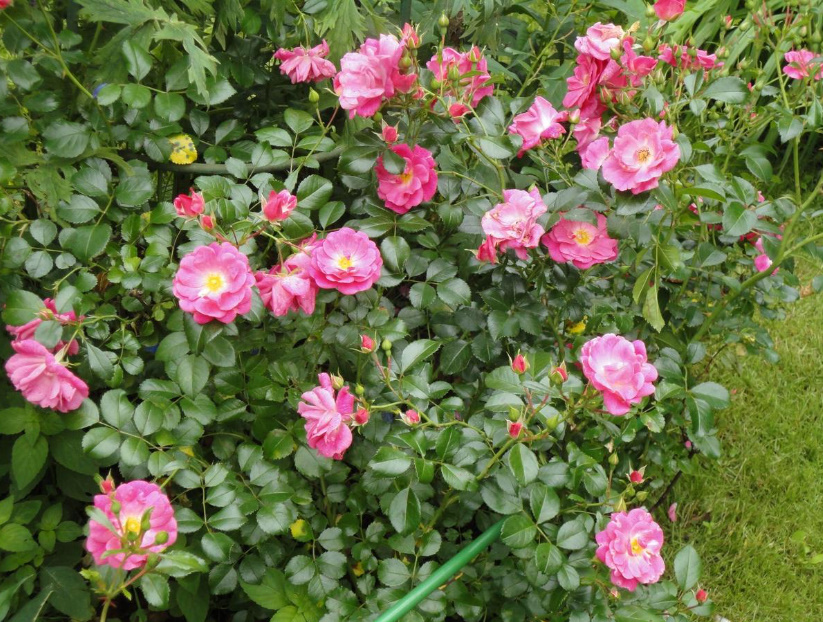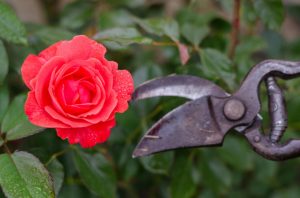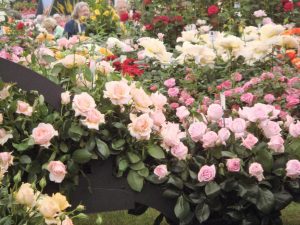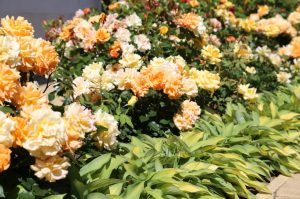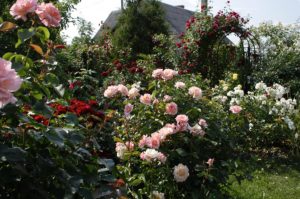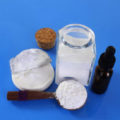It’s no secret that growing roses in the garden is fraught with certain difficulties. After all, rose, as you know, is a “lady” whimsical, even, one might say, fastidious. It does not relate in any way to plants that I planted and forgot — it requires constant attention from the gardener all the time. If something doesn’t suit her, it will bloom badly, get sick and eventually wither away.
The importance of fertilizing
Top Dressing plays an extremely important role in ensuring the health of roses and their lush flowering. The fact is that during the growing season, the rose spends a lot of effort on growing young shoots and laying buds, especially for varieties of continuous flowering. Therefore, she needs additional nutrition, which comes with fertilizers — mineral and organic.

The system of top dressing assumes certain terms of their implementation and the use of drugs that differ in the content of components. Competent feeding of roses gives amazing results — the bushes bloom perfectly, quickly gain buds for re-flowering, are distinguished by healthy, shiny foliage and successfully winter in difficult conditions.
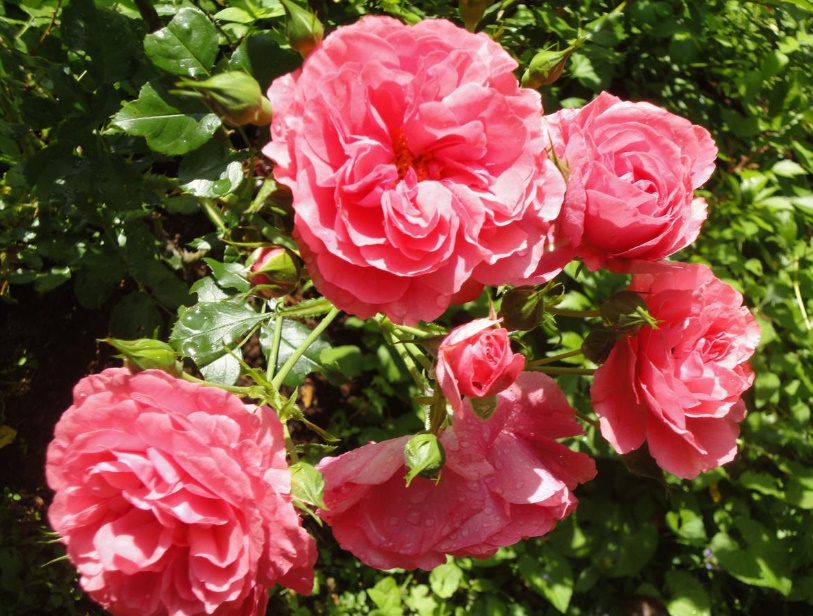
10 basic rules for applying top dressing
Here is a set of ten basic rules for fertilizing roses, which should become a kind of gardener’s handbook.
1. The roses begin to feed from the second year after planting — provided that the planting pit was filled according to all the rules.
2. Top dressing should not be carried out strictly according to the calendar, but based on the phase of vegetation. Spring can be long and cold (and then plants hardly wake up from hibernation), and summer can be rainy and cloudy (and here roses will need additional strength to resist diseases). Therefore, fertilizers are applied depending on the weather and the condition of the plants.

3. The principle “it is better to underfeed than overfeed” must be strictly observed. In fertilizing, you can not overdo it, this applies to both the amount of fertilizers and the frequency of their use. Overfed roses, paradoxically, bloom worse and winter poorly.
4. Root fertilizing is given on wet ground, after rain or watering, preferably in the evening.
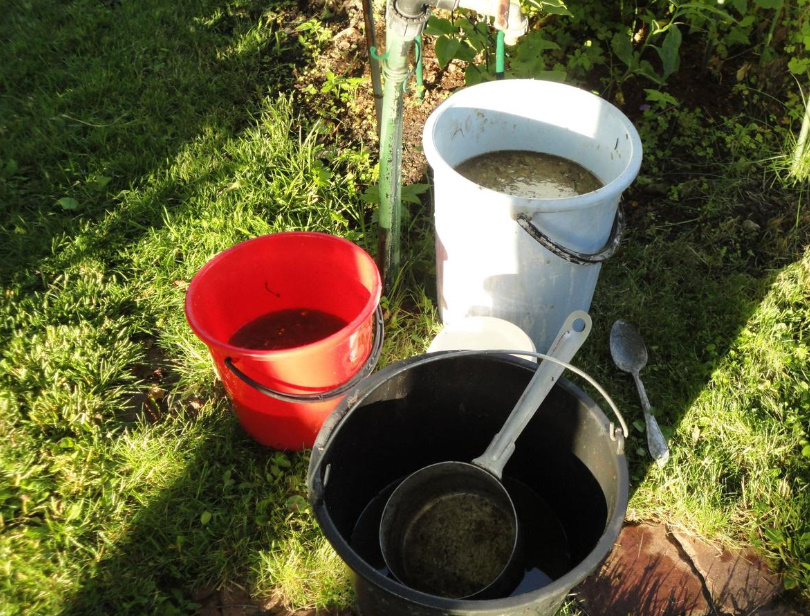
5. Foliar fertilizing is carried out exclusively in the morning and strictly in cloudy weather. A fine spray is mainly applied to the underside of the leaves, where the stomata are located, through which the rose consumes a life-giving solution. At night, these stomata are closed, and evening feeding will be useless.
6. The concentration of solutions for foliar top dressing should be at least two times less than for root.
7. Foliar fertilizing is contraindicated for sick roses with leaves affected by spotting: they simply will not assimilate them.
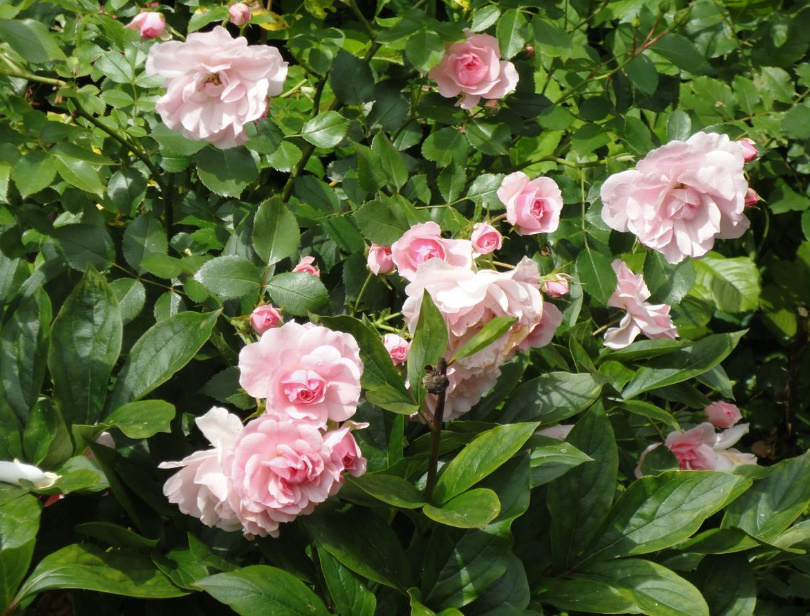
8. Mineral top dressing should be alternated with organic at intervals of at least two weeks.
9. In spring, roses should be fed when warm weather is established, when the air temperature will be above + 15 ° C: at this time, the soil will already warm up enough for the roots to work. Fertilizers are not digested by the roots in the frozen ground.
10. Never feed blooming roses! The duration of flowering in this case will come to naught.

The periodic table in the garden
In order to navigate well in different fertilizers used in the garden, you need to at least remember the basic course of school chemistry. It is known that the main components that plants need are nitrogen (N), potassium (K), phosphorus (P) and calcium (Ca). Based on the following signs, we can assume which element is missing:
- with a lack of nitrogen, the rose grows weakly and produces thin shoots;
- phosphorus is responsible for the appearance of buds. With its deficiency, the rose drops them, blind shoots appear;
- potassium is an element necessary for laying flower buds. When there is a shortage of it , small buds are formed;
- calcium deficiency manifests itself in the deformation of shoots and yellowing of leaves.
In addition, roses are sensitive to a deficiency of trace elements:
- the lack of magnesium (Mg) is indicated by yellow spots on the leaves;
- if there is not enough iron (Fe), then the leaves turn yellow and fall off;
- with a shortage of copper (Cu), the shoots droop, the rose’s growth points die off.
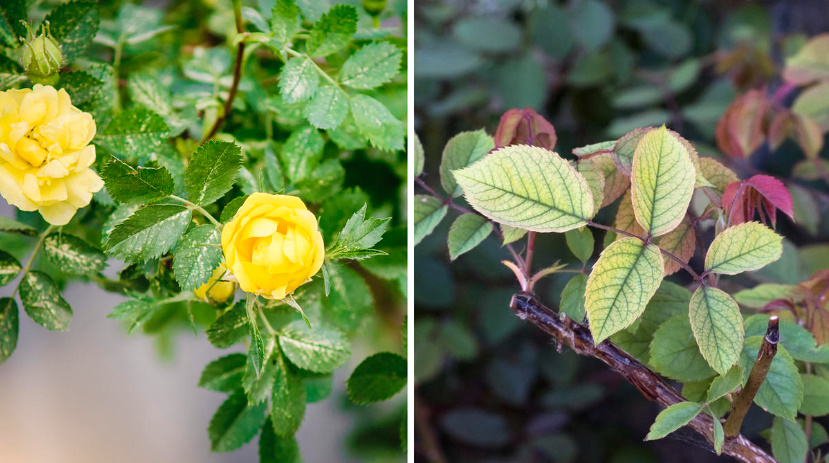
This knowledge is necessary to easily navigate fertilizers, read labels on packages like an open book. As a rule, manufacturers write on them the formula N-P-K with a percentage of these elements. Keep in mind that the concentration of components may be different for different brands. Do not neglect such information, since, depending on the period, the rose’s need for certain elements may change, and the nutrition of the beauty as a whole should be balanced.
In this article, we touched on the main principles of the roses’ cultivation. Knowing and adhering to them, you will succeed — your beauties will be healthy and lush, and wintering under a competent shelter will be painless.
